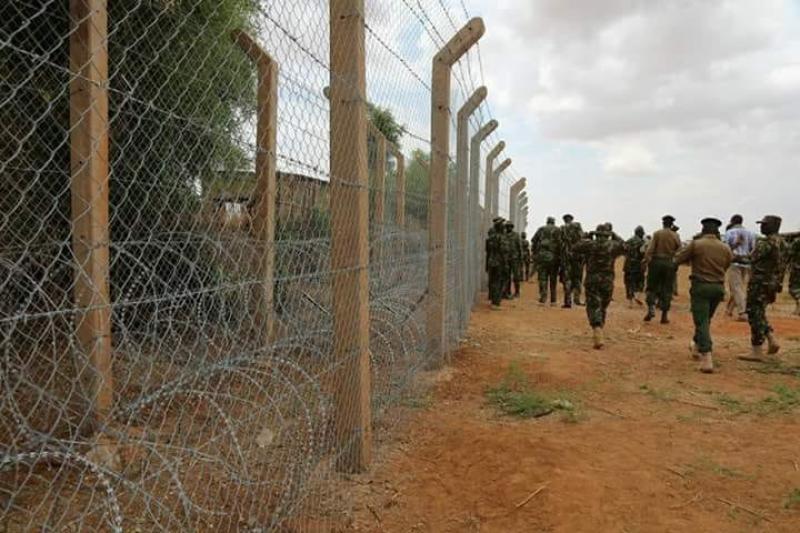×
The Standard e-Paper
Informed Minds Prefer The Standard

The area being claimed by Somalia is a rich ground for oil exploration and there are fears that if it's awarded to her neighbour, Kenya will be locked out of the ocean by Somalia and Tanzania.
The maritime boundary, as claimed by Somalia, will join that of Tanzania hence eliminating Kenya’s access to the ocean at the coast.